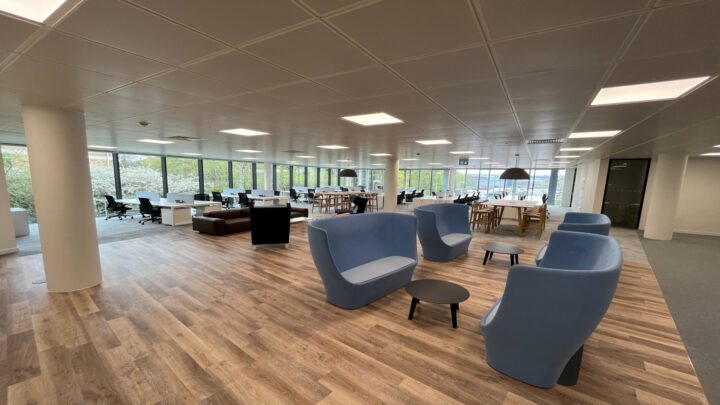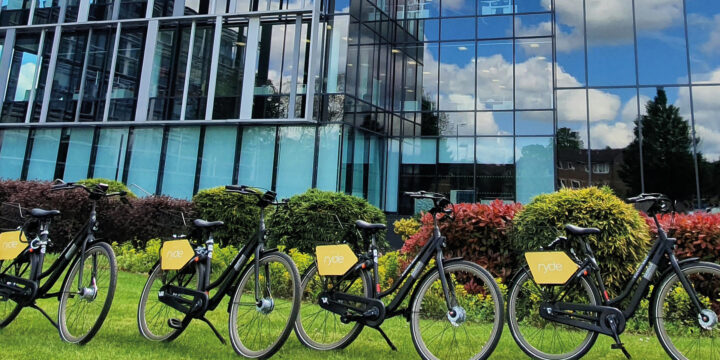The nature of our workspaces has seen a transformation over the last few decades. As organisations recognise that job satisfaction is not hinged solely on monetary incentives and job roles, there’s an increasing emphasis on the physical environment in which employees operate.
The ambience, design, and features of an office building play a pivotal function in enhancing overall job satisfaction. This blog explains how well-thought-out office space doesn’t just reflect a company’s culture but also aids in fostering productivity, creativity, and well-being.
Collaborative culture and team dynamics
At the heart of any successful organisation lies a strong collaborative culture. While virtual tools and platforms have made remote collaboration feasible, physical spaces still play a crucial part in nurturing team spirit and collective brainstorming. The design of meeting rooms, communal spaces, and even informal gathering spots can either promote or hinder teamwork.
For example, open-plan offices can foster spontaneous interactions and brainstorming sessions when balanced with private booths and quiet zones. Cross-departmental interactions can be encouraged by creating common areas where employees from different teams naturally cross paths, leading to unplanned yet fruitful interactions.
Opportunities for learning and growth
The importance of continuous learning in today’s fast-paced work environment cannot be overstated. Companies that provide designated training rooms, seminar spaces, and a conducive environment for learning often find their employees more engaged and satisfied.
These spaces shouldn’t just be functional but also inspiring. Aesthetically pleasing seminar rooms with state-of-the-art technology can make learning sessions more engaging.
Additionally, informal learning spots like reading nooks, tech bars, or even casual seating areas with relevant literature can be sprinkled throughout the office, promoting the intent that learning can happen anywhere, anytime.
Feedback mechanisms
One size does not fit all when it comes to office design. As such, it’s vital for organisations to continuously solicit feedback from their employees about the spatial needs and dynamics of the office. A dynamic and responsive office design approach not only caters to the evolving needs of the workforce but also signals to employees that their comfort and productivity are of utmost importance to the management.
Actively making changes based on feedback also builds trust and fosters a sense of ownership among employees. It’s a tacit acknowledgement that the organisation values their opinion and is willing to invest in their well-being.
Conclusion
In a world where the line between professional and personal lives is increasingly blurred, the role of office buildings in influencing job satisfaction has never been more pronounced. A well-designed office space can be the linchpin of the entire organisational culture, from fostering collaboration to promoting continuous learning and being responsive to employee feedback.
As companies strive for higher productivity, creativity, and employee retention, it’s imperative to recognise and harness the power of the physical workspace.
Grade-A office space in the perfect working environment
Maxis is proud to be rated BREEAM ‘Excellent’, representing best practice for sustainability performance. At the end of 2022, we successfully installed 46,444 sq ft of solar PV at Maxis, saving 238 tonnes of CO2 per year, the equivalent of planting 10,914 trees. By the end of 2023, we aim for both buildings to be fully electric. To learn more, get in touch with us today.



